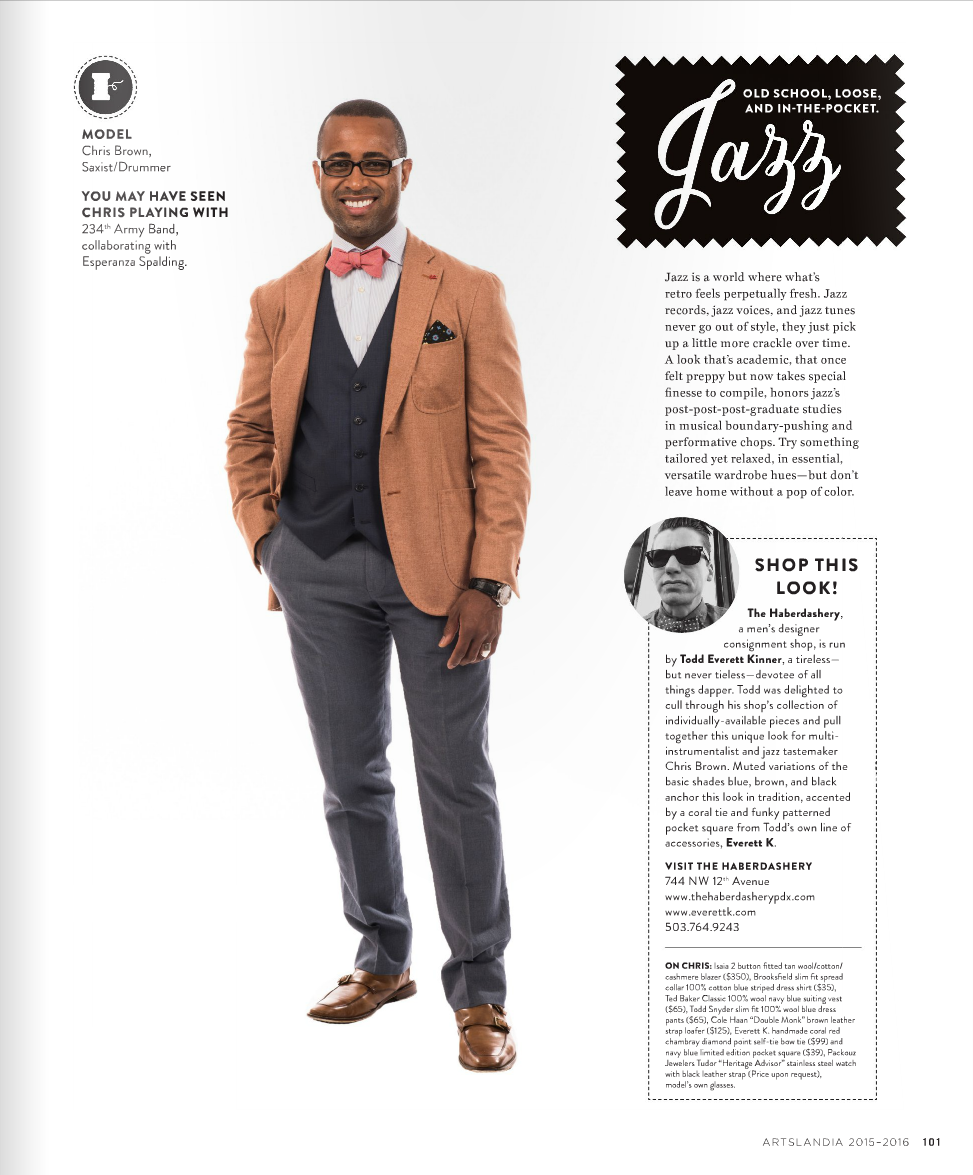"Picture Pages": The Power of Visualization
We’ve all heard the phrase “seeing is believing.” And I agree. However, this sentiment applies to our imagination as well. In fact, I believe that we think in pictures more than most realize. And the more crystalized an image-story becomes in our minds, the more we stamp it as true. Case in point, the Wright Brothers didn’t need to see an airplane first to know that flight was possible by man. Which is why the phrase “whether you think you can or can’t, your always right” exists.
A simple example of the power of pictures is how so many people are impressed with the number of analogies I’m able to quickly access to help make some aspect of music more relatable to them. And like the gears of a car engine or manual watch, I see music as an extremely clear series of interlocking parts. Which in turn makes it easy for me to see its reflection in so many other seemingly non-related things. It’s really no different than recognizing your own reflection in a reflective surface, regardless of how distorted the image may be. Another example of how this idea plays out in music for me is when I’m getting set up for a gig. Many times people have wondered why I seem slightly disconnected to everyone around me when I’m either getting ready to head to a gig, or am in the middle of getting set up at the gig. And the answer is simple. As a growth oriented person, I’m always working on some concept. But before it’s baked into my DNA, I have to actively think about it to access it. So what might come across to any onlookers as anti-social behavior is actually me running through a “pre-flight” checklist to ensure that I still remember what I need to do to execute it. Another way to say it is that I’m trying to convince myself that the analogy that I’ve chosen to help me access said concept is as stable as I think it might be. So once I find the right analogy, and have played this picture-narrative out in my head enough times to believe I’m right, I can then stop actively thinking about said idea without the fear that I’ll forget how to access it when I need it.
The reason why I’m highlighting this idea of pictures is because I believe the idea is undervalued. When you think about the nature of meditation, or escaping to nature to find peace and quiet, you’re doing so because you’re seeking clarity on an issue or set of issues. And in doing so, you’re forced to sort through the vast catalogue of images/memories in your brain to assemble like a jigsaw puzzle that’ll hopefully reveal an objective picture of reality. Which, of course, means that as we absorb new information, will require us to reassemble the order of our picture-narratives so that they reflect a new version of reality that makes sense to us. Therefore, the gold that’s to be mined from this post is that if the lives we live are reflective of the choices we’ve made, and will continue to make, then the filter by which our decisions are distilled constitute the order of these picture-narratives. In short, every time we rearrange the order, we change the design of the filter, and ultimately the trajectory of our lives. Hence the power of visualization.
Suggested Takeaway’s…
a) When you change the way you look at the picture-narratives in your head, you change the way you look at reality (for better or worse). *Hint: always take an impartial stance when doing so.
b) The strength of our decisions is only as good as the filter we distill them through. So focus on inspecting the filter more than the thought itself.
c) Believe it or not, research and development (R&D) is simply the physical stress testing of picture-narratives. In other words, the continual challenging of thesis’s.


